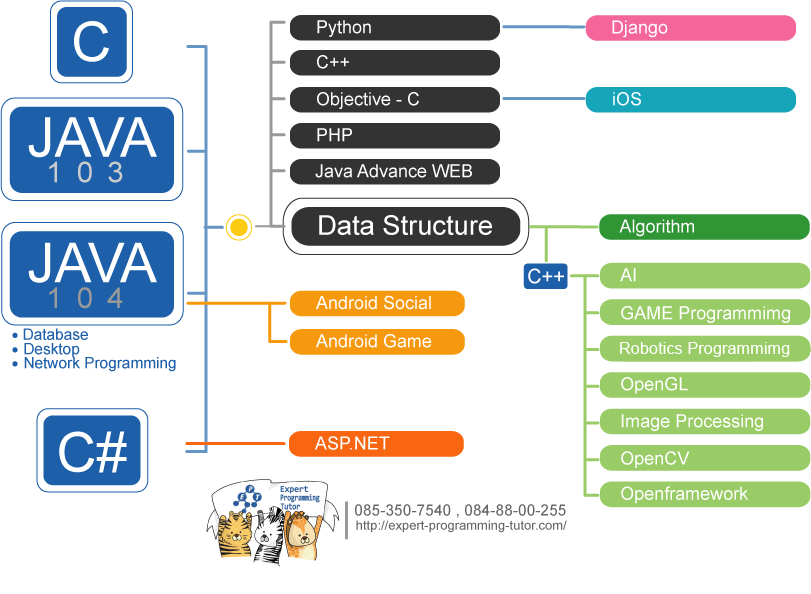จัดเต็มเรื่องการเขียนโปรแกรมกันอีกครั้ง หลายคนอาจจะเคยได้ยินเกี่ยวกับ NoSQL ซึ่งเป็นฐานข้อมูลที่มีแนวคิดที่แตกต่างจากฐานข้อมูล SQL ทั่วไป และด้วยความที่ Haskell เป็นภาษาโปรแกรมที่มีเอกลักษณ์และความสามารถในการจัดการข้อมูลที่น่าสนใจ วันนี้เราจะมาดูวิธีการสร้าง CRUD (Create, Read, Update, Delete) สำหรับ NoSQL โดยใช้ภาษา Haskell กัน!
ก่อนที่จะเริ่มที่จะไปทำ CRUD กัน เรามาทำความเข้าใจเรื่อง NoSQL กันก่อนดีกว่า NoSQL (Not Only SQL) คือประเภทของระบบจัดการฐานข้อมูลที่ไม่ใช้โครงสร้างแบบตารางเหมือน SQL ซึ่ง NoSQL สามารถจัดเก็บข้อมูลในรูปแบบต่าง ๆ เช่น เอกสาร คอนก์รีต กราฟ หรือ คีย์-ค่า ทำให้มันมีความยืดหยุ่นมากกว่า ตอบสนองต่อความต้องการทางธุรกิจที่รวดเร็วกว่า
Haskell เป็นภาษาที่ได้รับความนิยมในกลุ่มนักพัฒนาโปรแกรมที่เน้นความเป็นฟังชันแนลโปรแกรมมิ่ง โดยมีลักษณะเด่นที่ทำให้การจัดการข้อมูลเป็นไปได้อย่างราบรื่น การใช้ Haskell ร่วมกับ NoSQL ให้เราได้มีการจัดการข้อมูลที่แม่นยำและมีกฎเกณฑ์ในการทำงานที่ชัดเจน
สำหรับการใช้ Haskell กับ NoSQL เราสามารถเลือกใช้ไลบรารีที่สนับสนุน NoSQL ได้หลายตัว แต่หนึ่งในไลบรารีที่น่าสนใจคือ `persistent` ซึ่งเป็นไลบรารีสำหรับการเข้าถึงฐานข้อมูล NoSQL (รวมถึง MongoDB) ได้อย่างง่ายดาย
ก่อนที่เราจะเริ่มเขียน code เราต้องติดตั้งไลบรารีที่เราใช้กันก่อน ลงในโปรเจกต์ Haskell ของเราด้วยคำสั่ง:
เราจะเริ่มต้นจากการสร้างโมเดลข้อมูลและทำการเชื่อมต่อกับฐานข้อมูล MongoDB ส่วนที่สำคัญคือการตั้งค่าเชื่อมต่อ
1. การเชื่อมต่อกับ MongoDB
เรามาเริ่มสร้างโมเดลข้อมูลกันก่อน สำหรับตัวอย่างนี้ เราจะใช้ข้อมูลของผู้ใช้:
ในส่วนนี้เราได้ประกาศโมเดล `User` ซึ่งมีฟิลด์ `name` และ `age`
2. Create - การสร้างข้อมูล
ในการสร้างข้อมูล เราจะใช้ฟังก์ชัน `insert` ใน `persistent`
ตัวอย่างการเรียกใช้:
3. Read - การอ่านข้อมูล
การอ่านข้อมูลก็ทำได้ง่าย ๆ ด้วยการใช้ฟังก์ชัน `selectList`
4. Update - การอัปเดตข้อมูล
การอัปเดตสามารถทำได้โดยการใช้ฟังก์ชัน `update`
5. Delete - การลบข้อมูล
สุดท้ายเรามาดูการลบข้อมูลกันบ้าง โดยใช้ฟังก์ชัน `delete`
การพัฒนาซอฟต์แวร์ที่เกี่ยวกับ NoSQL โดยใช้ภาษา Haskell นั้นเรียกได้ว่าเข้ากันได้ดี โดยเฉพาะอย่างยิ่งในด้านการกำหนดโมเดลข้อมูลและการจัดการความซับซ้อนของข้อมูลในรูปแบบ CRUD ที่เรายกตัวอย่างไปนั้น เป็นเพียงส่วนหนึ่งเดียวจากความสามารถที่ Haskell มีให้
สำหรับผู้ที่สนใจอยากเรียนรู้เกี่ยวกับการเขียนโปรแกรม Haskell หรือ Concept ของ NoSQL CRUD อย่าลืมเข้ามาศึกษาเพิ่มเติมที่ EPT (Expert-Programming-Tutor) กันด้วยนะครับ! ที่นี่เรามีคอร์สเรียนที่เหมาะกับทุกคน ตั้งแต่ผู้เริ่มต้นไปจนถึงผู้เชี่ยวชาญ และเราพร้อมที่จะช่วยให้คุณก้าวเดินในเส้นทางการพัฒนาซอฟต์แวร์ไปด้วยกัน!
การศึกษาไม่เคยหมดอายุ มาเริ่มต้นกันเถอะ!
หมายเหตุ: ข้อมูลในบทความนี้อาจจะผิด โปรดตรวจสอบความถูกต้องของบทความอีกครั้งหนึ่ง บทความนี้ไม่สามารถนำไปใช้อ้างอิงใด ๆ ได้ ทาง EPT ไม่ขอยืนยันความถูกต้อง และไม่ขอรับผิดชอบต่อความเสียหายใดที่เกิดจากบทความชุดนี้ทั้งทางทรัพย์สิน ร่างกาย หรือจิตใจของผู้อ่านและผู้เกี่ยวข้อง
Tag ที่น่าสนใจ: java c# vb.net python c c++ machine_learning web database oop cloud aws ios android
หากมีข้อผิดพลาด/ต้องการพูดคุยเพิ่มเติมเกี่ยวกับบทความนี้ กรุณาแจ้งที่ http://m.me/Expert.Programming.Tutor
085-350-7540 (DTAC)
084-88-00-255 (AIS)
026-111-618
หรือทาง EMAIL: NTPRINTF@GMAIL.COM
